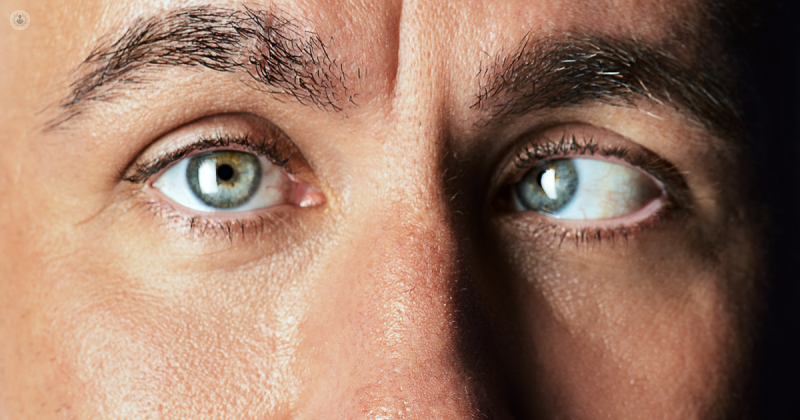Strabismus surgery: the solution for a 'lazy eye'
Written by:Strabismus (often called a 'lazy eye') is a misalignment of the eyes or the ability to move the eyes in a coordinated way. For normal vision, the six muscles in each eye should work in tandem, both when active and passive. If there is an imbalance, there is a loss in parallelism. Strabismus surgery aims to correct the imbalance in the ocular muscles to recover parallelism and regain coordination of eye movement.

Can both eyes be operated at the same time?
Yes, both eyes can be operated on at once and in fact, this is preferable in most cases. Each eye is individually assessed to ascertain if each of the eye muscles should be operated on to achieve ocular muscle balance.
What type of anaesthesia will be used?
The anaesthesia we use for strabismus surgery should always be general anaesthesia, using muscle relaxants. The operation requires a diagnosis of the alterations, the elasticity and the muscular length and this can only be done with adequate muscle relaxation, which can only be achieved through general anaesthesia.
Does the expected result imply a definitive solution?
The definitive solution will be reached progressively. Strabismus, especially in infants, is a process that is affected by maturation. Growth through infancy and childhood causes physical changes in the body, including the eyes. So, surgery performed at six or eight months of age may require further action later because of the physical changes that occur. The basic objective is to keep the eyes aligned.
What risks are there in surgery?
In strabismus surgery, there are very few risks when it is performed by an expert surgeon. The risks of infection are minor, usually corrected with post-operative treatment. More complex risks would come basically from a defect in the suture, which is known as slipped muscle or lost muscle which results in a paralysis that needs to be corrected as quickly as possible.
When can normal activities resume after surgery?
Recovery and resumption of normal activity depend on age. Young children recover much faster than adults. For children between six months and four years, twenty-four hours is a normal recovery time, in adults it takes between two or three days but can sometimes take up to a week. It obviously depends on the normal activity and demands of the patient. There may be redness in the eyes after the surgery and some initial discomfort, but this disappears after 24-48 hours and does not prevent normal activity.


